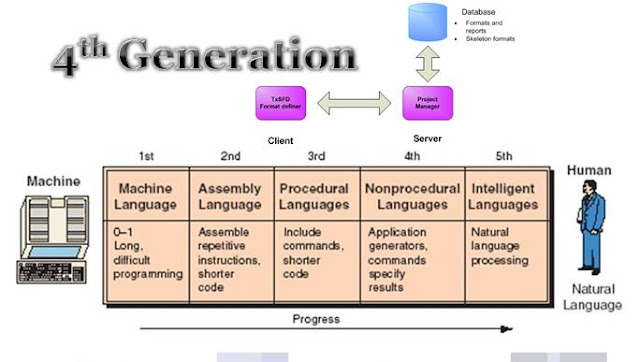These languages are much easier to learn and use as we don’t have to remember any specific syntax for it. They use simple drag and drop method and vacant codes is implemented by itself.
The natural-language, block-structured mode of the third-generation programming languages improved the process of software development. However, 3GL development methods can be slow and error-prone. It became clear that some applications could be developed more rapidly by adding a higher-level programming language and methodology which would generate the equivalent of very complicated 3GL instructions with fewer errors. In some senses, software engineering arose to handle 3GL development. 4GL and 5GL projects are more oriented toward problem solving and systems engineering.
All 4GLs are designed to reduce programming effort, the time it takes to develop software, and the cost of software development. They are not always successful in this task, sometimes resulting in inelegant and unmaintainable code.The usability improvements obtained by some 4GLs (and their environment) allowed better exploration for heuristic solutions than did the 3GL.
A quantitative definition of 4GL has been set by Capers Jones, as part of his work on function point analysis. Jones defines the various generations of programming languages in terms of developer productivity, measured in function points per staff-month. A 4GL is defined as a language that supports 12–20 FP/SM. This correlates with about 16–27 lines of code per function point implemented in a 4GL.


No comments:
Post a Comment